Safety at 30,000ft in the air - What's trending in aviation HUDs and how do they work?
Prashant-prabhakar
08 Feb 2022
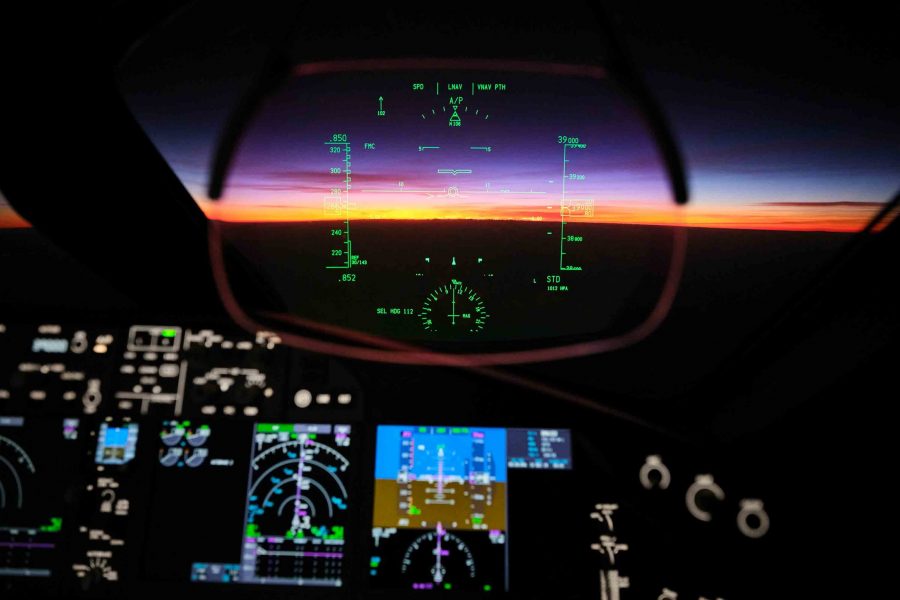
If you are a fan of air combat movies and combat moves depicted in them, then you're most familiar with the transparent display(s) depicted, that gives a pilot a seamless view of critical flight information, projected directly in the pilot's line of sight.
These displays are termed as HUD, or Heads-Up-Display and have been used for decades by military pilots and have now become fairly commonplace in both large commercial aircraft and private planes.
Flickr
The technology derives its name from the fact that pilots now don't have to look down at their instruments and take their eyes off the surrounding environment while allowing them to focus their attention outside the cockpit for potential conflicts or threats.
Also referred to as enhanced flight vision systems (or EFVS), they can be of significant importance, especially during the critical phases of flight- landing and take-off.
HUD guidance has been known to reduce tail strikes on takeoff. Studies conducted by the Flight Safety Foundation have shown that about 38% of commercial, business, and corporate airplane accidents could have been prevented using HUD systems, over 13 years.
HUDs help pilots during takeoff and landing in uncertain environmental conditions such as foggy weather. Moreover, most aviation administrations around the world have mandates on the use of enhanced flight vision systems to reduce accidents and increase passenger safety. As the aviation industry has in the past accounted for a major share of the HUD market, an increase in the orders for new-generation aircraft will also drive the growth of the HUD marketSource
How do they work?
Technically, a HUD projector sends critical to flight, navigation and aircraft energy-management data to a glass screen, called a combiner, hanging at eye level between the pilot and the windshield.
The concave-shaped combiner glass is coated with a proprietary material that reflects the colour green but allows everything else, such as the scenery outside, to pass through, appearing quite naturally. The coating reflects green to illuminate the HUD’s symbology and this is because the human eye is most sensitive to that colour.
However, though, not all HUDs are created equal. One difference relates to the field of view hence aviation HUDs are designed so that flight information appears to be on the same visual plane as objects in the environment. This ensures pilots don’t need to refocus their eyes when looking back and forth between projections on the screen and the exterior environment.
FAA regulations require at least the following aspects to be displayed at all times:
AirspeedAltitudeHeadingHorizon lineTurb and slip/turn and bank indicator
Then Vs Now
Rudimentary HUDs were first developed for World War II aircraft and became widely used in military applications during the 1960s. The first civil application of the technology was introduced in 1993.
Vintage HUD | Representative | Aviation Today
Conventional HUDs display virtual shapes and symbols that provide weather, navigational, and other information, collectively referred to as "symbology"- a collective term for aircraft position, altitude, a horizon line, heading & flight path, radar data, and airspeed, along with other data from the plane's avionics and instrumentation.
The Federal Aviation Administration (FAA) now allows pilots to make landings in “no natural vision” (zero-visibility) situations as long as there is an aircraft HUD system or a helmet-mounted display (HMD) for the pilot.
BAE Systems Digital Striker Helmet-Mounted Display (HMD) System with Superior Tracking and Night Vision Capabilities | Business Wire
What's trending in aviation HUDs as of today
Increased Display area : The Boeing 787 dreamliner features two HUD display panels, one for the pilot and co-pilot respectively, Designed by Rockwell Collins, this is more than double the size of the display area as on the 777.
A Boeing 787 HUD | Reddit
Digital HUD displays : Aviation has come a long way from CRT displays to the more developed digital displays now. For instance, the US Air Force's F-22 Raptor features an all-digital HUD which removes the CRT image source and instead uses Digital Light Engine (DLE) technology to implement a more advanced HUD that is placed immediately in front of the pilot’s line of sight.
Digital Light Engine technology to illuminate F-22 Head-Up Display | baesystems
Synthetic and Enhanced Vision : Synthetic vision refers to the use of algorithms to generate 3D images of the environment whereas Enhanced vision systems incorporate information from various sensors on the aircraft (near-infrared cameras, millimeter wave radar) to provide more information to pilots in limited visibility environments. Millenium jets today, now feature HUDs which integrate both-synthetic and enhanced vision into one, like the ones featured on Embraer's Praetor jets.
Praetor 500 and Praetor 600 cockpit | Representative | Skies Magazine
With the development of holographic optics and Augmented-Virtual Reality, it might not be far when they shall also be integrated into aviation HUDs soon enough.
Across both the automotive and aviation sectors, right now the design of large field-of-view head-up displays – which are increasingly required for augmented reality applications – is limited by the necessarily large size of the optical componentsA research engineer from Thales explains
Quality standards and regulations
Owing to their critical significance in real-time flight situations, they need to adhere to several Advisory Circulars released by the FAA, some of which include:
1 AC-25-11B- Electronic Flight Displays
2. AC-90-106A- Enhanced Flight Vision Systems
3. AC-25_1329-1C- Approval of Flight Guidance Systems
4. AC-20-167A- Airworthiness Approval of Enhanced Vision System, Synthetic Vision System, Combined Vision System, and Enhanced Flight Vision System Equipment.
Rockwell Collins’ new EVS-3000 delivers unprecedented accuracy of outside terrain, hazards and obstacles in low-visibility conditions | Rotornation
The benefits of aircraft HUD systems cannot be understated and it is these advantages that have made the commercial aviation industry a key driver of growth in the HUD market - which is projected to reach USD 2.18 billion by 2024.
SOURCE(s)
COVER: Premium Wall Art
Read next
Boeing 777X to be displayed at the Singapore Airshow 2022; will highlight sustainability, technology, and partnerships
Radhika Bansal
08 Feb 2022
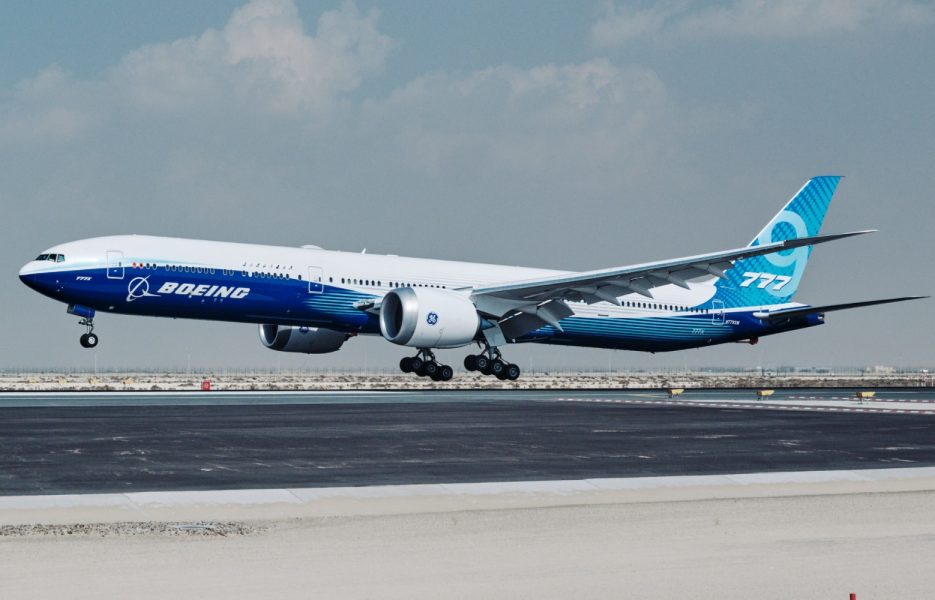
At the Singapore Airshow this month, the largest in Southeast Asia, Boeing will showcase its industry-leading portfolio of commercial, defence and support services by highlighting advanced systems and capabilities focused on safe and sustainable aerospace.
Boeing's presence at the show will include its newest fuel-efficient widebody jet, the 777X, along with the company's offerings in maritime patrol aircraft, advanced fighters and trainers, and autonomous systems.
"We are looking forward to gathering with our industry colleagues in Singapore, in support of the recovery of aviation in the Southeast Asia region, as it provides us an opportunity to engage with customers, government officials, partners, suppliers, media and other stakeholders from the region. We will highlight our investment in, and commitment to, technology, innovation and sustainability, building the foundation for the long-term growth of the aerospace industry."Alex Feldman, President, Boeing Southeast Asia
During the show, a Boeing 777X flight test airplane will make its Asia debut, demonstrating aerial manoeuvres that showcase its new carbon-fibre composite wing and quiet GE9X engines, which contribute to the airplane family's leading environmental performance.
Based on the most successful twin-aisle airplane ever, the 777, and with advanced technologies from the 787 Dreamliner family, the 777-9 will be the world's largest and most efficient twin-engine jet, delivering 10% better fuel use, emissions and operating costs than the competition.
https://twitter.com/Boeing/status/1490528325898575873
Boeing's exhibit at the show will also highlight the F-15, P-8 Poseidon, T-7A Advanced Pilot Training System, as well as autonomous technology including the Boeing Airpower Teaming System, which is the company's first uncrewed system to be designed and developed in Australia.
Designed to provide a transformational capability for global defence customers, it is the company's largest investment in a new uncrewed aircraft program outside the United States. This purpose-built aircraft can be missionized to suit country-specific needs.
The United States Department of Defense corral is expected to display the KC-46A Pegasus, P-8A Poseidon, and C-17 Globemaster III.
The United States Department of Defense corral is expected to display the KC-46A Pegasus.
Additionally, Boeing will highlight its growing digital ecosystem of services, including integrated flight operations, a data-driven supply chain, e-commerce, predictive maintenance, digitally-enabled MROs and competency-based training for commercial and defence customers.
Showcased service offerings use digital innovation to reduce fuel use and support sustainability targets for customers utilizing all airplane platforms.
Boeing will also focus on measures to deliver a safer, more efficient and sustainable air transportation system for the future with an emphasis on the Confident Travel Initiative, a Boeing led effort to provide passengers and crew with a safe, healthy and efficient travel experience and deliver that information to governments and the general public.
Boeing 777X will be on display at the Singapore Airshow 2022
The Boeing 777X made its first test flight over two years ago, with the company at the time projecting the first 777X deliveries to take place in 2021. The latest estimates have the aircraft entering service within the next two years, with Boeing CEO Dave Calhoun aiming for Q4 2023.
Boeing's late-2023 entry date for the 777X appears increasingly unrealistic. In June 2021, the FAA revealed that certification for the 777X is unlikely to happen until early-to-mid 2023, putting a late-2023 entry date in serious doubt.
Read next
Bahrain International Airport (BIA) has received a five-star rating from the airline and airport rating body Skytrax, which was announced on Sunday, February 6.
The rating includes direct services for departures, arrivals, and diverted flights, including airport facilities and customer services, security, immigration, and retail, as well as food and beverage facilities.
“This international-level achievement by BIA owes a lot to His Majesty, King Hamad bin Isa Al Khalifa’s support for the aviation sector and the full backing of the government, headed by His Royal Highness Prince Salman bin Hamad Al Khalifa, the Crown Prince and Prime Minister. This sector is a pillar of the Kingdom’s economic growth and a major focus of its development plan for the logistics sector.”Kamal bin Ahmed Mohammed, Minister of transportation and telecommunications and Chairman, Bahrain Airport Company (BAC)
Located on a small island north of the capital Manama, Bahrain International Airport is the main gateway to the city of the Kingdom of Bahrain. The airport hosts passenger and cargo traffic from over 30 carriers.
“It is a great achievement for Bahrain International Airport to become just the third airport in the Middle East to achieve this highest 5-Star Airport Rating. It is a much-deserved recognition of the high standards provided at BIA. Described as a boutique airport, it provides an excellent range of passenger facilities with a very pleasant ambience, and the terminal design makes this a most customer-friendly airport, whether departing, arriving, or in transit.”Edward Plaisted, CEO, Skytrax
Bahrain International Airport is the main hub for Gulf Air. The airport is managed and operated by the Bahrain Airport Company since 2010.
The airport caters to a growing number of airlines and serves as the regional hub for global cargo companies, including DHL, which has made Bahrain as their base to serve the Middle East since the 1980s.
Operations were transferred to the new Passenger Terminal in January 2021, increasing the airport capacity to 14 million passengers per year and cementing its reputation as an attractive hub for airlines and travellers.
Read next
The tardy pace of work on the new apron and taxiway of Rourkela airport has raised apprehensions about whether the facility can be made operational before the Men’s Hockey World Cup in January 2023.
While the Airports Authority of India (AAI) has been accused of deliberately limiting the runway length to operate only smaller aircraft from the airport, a tender of INR 5.69 crore for construction of the new apron and taxiway was awarded to Ranchi-based RK Mishra and Co in June 2021.
Rourkela Airport's expansion plan was hampered by slow progress.
It took the firm seven months to fill the earth. This apart, the cementing of the taxiway started only recently. It is unclear when work would start for the proposed terminal building to accommodate 200 passengers.
What is more worrying is the present runway length is getting extended to around 6,330 feet (1,930 metres) to cater only to ATR-72 and it would not allow bigger aircraft like Boeing and Airbus to operate from the airport.
This is even though the Rourkela Steel Plant (RSP) has provided an additional 146 acres using which the runway could be expanded to over 7,500 feet to operate big body aircraft like A320, A320 Neo and A321 Neo.
The present runway of 5,655 feet (1,724 metres) is adequate to cater to ATR 72-600.
Aviation enthusiasts said the present runway of 5,655 feet (1,724 metres) is adequate to cater to ATR 72-600 and De Havilland 8-400 aircraft but three years back the airport was granted ARC 2B licence for 19-seater as such smaller aircraft was not available.
Sources said around 1,349 feet of the existing serviceable runway is being discarded over reasons unknown. The AAI has also downgraded its plan to apply for an ARC 2C licence from ARC 3C.
Rourkela Development Steering Committee chairman and former president of Rourkela Chamber of Commerce & Industry (RCCI) Subrata Patnaik claimed the AAI is deliberately limiting the runway length to 6,330 feet, fearing that after the mega hockey event the airport may be closed to promote the Jharsuguda airport.
Patnaik apprehended if commercial flights are not started from the airport before the event, it will be an embarrassment for Odisha.
Earlier, the AAI had hoped to complete the upgradation of the airport by March 2022, apply for replacing the ARC 2B licence with ARC 2C licence in May and start operation of ATR-72 from October. But, now it looks like a remote possibility.
After a joint meeting with top Civil Aviation officials on February 15, 2021, at Rourkela, the then Transport and Commerce department Principal Secretary MS Padhi had hoped to complete upgradation works by September and start commercial flights from December 2021.
The airport is mostly used by dignitaries visiting Rourkela, especially officials of Steel Authority of India Limited (SAIL) and other VIPs.
To expedite the works, the AAI had recently posted three officers at Rourkela. The Chief Minister’s Office is scheduled to review the progress of the airport with AAI officials on February 11.
Rourkela Airport, Airport Code - RRK, is a domestic airport located near Chhend Colony, 6 kilometres west of the steel city of Rourkela in the state of Odisha. The airport is mostly used by dignitaries visiting Rourkela, especially officials of Steel Authority of India Limited (SAIL) and other VIPs.
The airport's terminal is being upgraded to handle scheduled operations. Under the UDAN scheme, scheduled flights were to start but this has not materialized. A license for commercial usage of the airport was issued in January 2019.
Read next
IndiGo appoints Pieter Elbers as new CEO after Ronojoy Dutta decides to retire by September
Radhika Bansal
18 May 2022
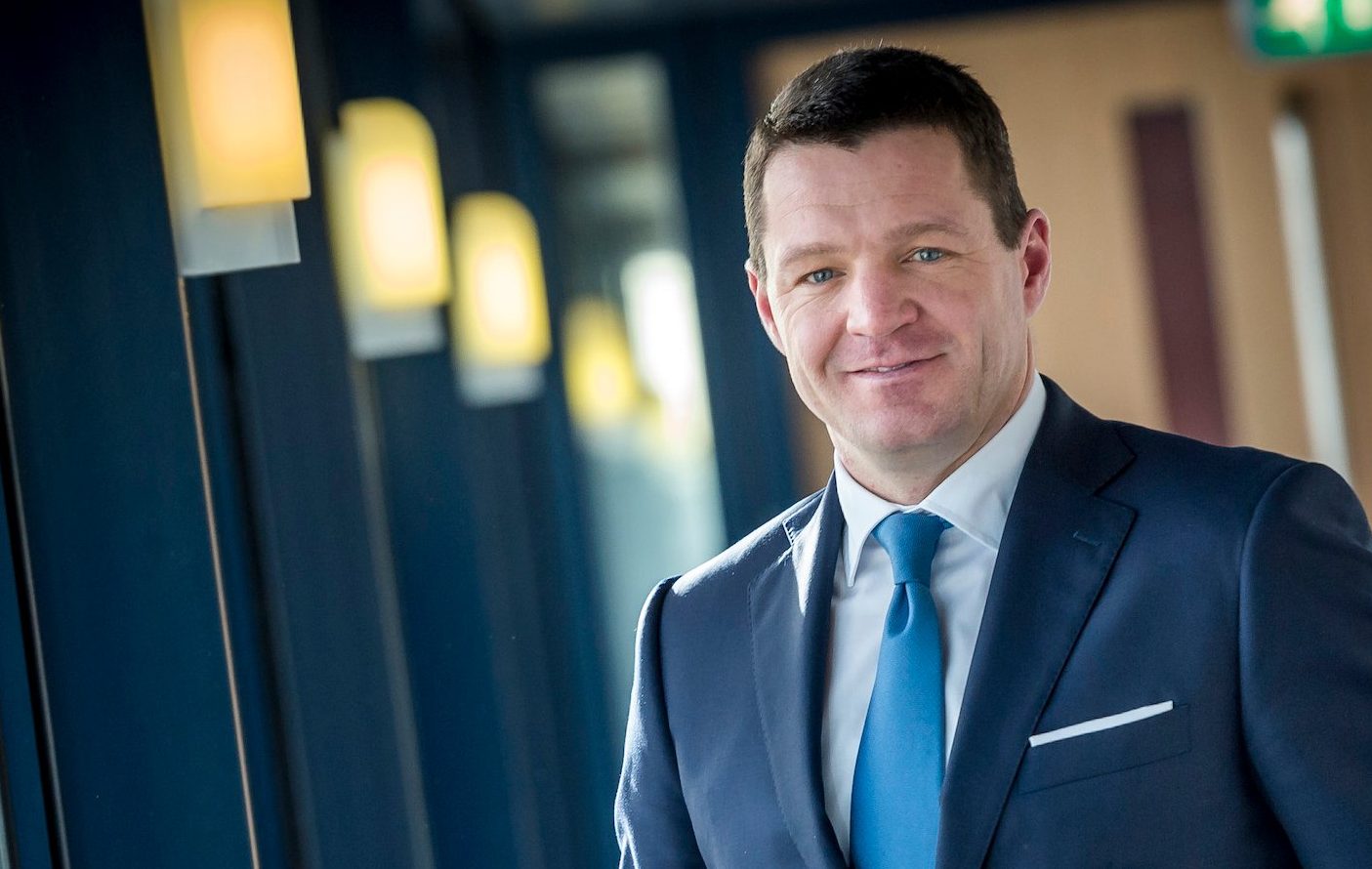
Pieter Elbers has been appointed as Ronojoy Dutta’s successor after Ronojoy Dutta decides to retire by September, the company said in a press release on Wednesday, May 18.
Ronojoy Dutta will be retiring as the Chief Executive Officer of low-cost carrier IndiGo on September 30, 2022. Dutta, 71, was appointed at the helm of IndiGo in January 2019.
“The Board of Directors of the Company, at its meeting held today, May 18, 2022, has approved the appointment of Mr. Pieter Elbers as the Chief Executive Officer and as a Whole Time Director of the Company, subject to necessary regulatory and Shareholders' approvals," India's largest airline said in a statement.
"What IndiGo’s employees and leadership jointly built, since its start 16 years ago, is ‘impressive’. I am very honoured and do look forward to build upon this, working together with the entire IndiGo team. I am delighted to become a part of the next stage of IndiGo’s incredible journey, further fulfilling the vision of what the airline can do and will be for its customers and for India."Pieter Elbers, Future CEO, Indigo
Elbers, 52, will be joining IndiGo on or before October 01, 2022. Elbers has served as the President & Chief Executive Officer of KLM Royal Dutch Airline since 2014. Elbers is also a member of the Executive Committee of the Air France – KLM Group.
Born in The Netherlands’ Schiedam, Elbers started his career in aviation by joining KLM in 1992 at their Schiphol hub and held various managerial positions in The Netherlands, Japan, Italy and Greece.
Pieter Elbers has served as the President & Chief Executive Officer of KLM Royal Dutch Airline since 2014
He was appointed as the Senior VP of Network and Alliances after he returned to The Netherlands before being promoted as the Chief Operating Officer in 2011. Elbers has a bachelor’s degree in logistics management and a master’s degree in business economics.
“I leave knowing that IndiGo is in the good custody of Mr. Elbers and that the future for IndiGo employees is secure and bright. I would like to thank all the employees at IndiGo for the kindness and affection they have shown me over the past four years. As I move forward to the next chapter of my life, I will look back with nostalgia, fondness, and a tinge of separation regret."Ronojoy Dutta, Present CEO, IndiGo
“The Board of Directors and I would like to thank Rono for effectively leading our business for almost four years with a steady hand through what has been the most turbulent period in the airline’s history and aviation globally,” Rahul Bhatia, Managing Director of IndiGo said.
Read next
Direct international flights to Bali have resumed for the first time in two years as Indonesia opens the resort island to foreign travellers from all countries, but mandatory quarantine remains in place for all visitors.
Officials had said in October 2021 that Bali would welcome foreign arrivals from 19 countries that meet World Health Organization criteria, such as having their COVID-19 cases under control.
But there were no direct international flights to Bali until Thursday, February 3 when Garuda Indonesia operated its first such flight in two years from Tokyo.
Bali reopens to foreign visitors from all countries but quarantine is still required.
Though the island officially opened to visitors from China, New Zealand, Japan and a few other countries in mid-October, there have been no direct non-cargo flights since then.
The six foreign tourists arriving from Tokyo were travelling using business visas since the new rules for tourists were not ready when they applied to come, said Yustikarini.
Singapore Airlines will introduce a regular direct route to and from Denpasar in Bali starting February 16, said Taufan Yudhistira, the public relations manager at Bali's international airport.
Direct international flights to Bali have resumed for the first time in two years.
Fully vaccinated travellers need to quarantine for five days in a hotel or on a liveaboard boat certified by the Ministry of Tourism and Creative Economy, and travellers who have received one dose of COVID-19 vaccine must quarantine for seven days.
The country's latest surge in cases, driven by the highly transmissible omicron variant, has mostly been concentrated in Jakarta, but in recent days infections have “increased significantly” in Java and Bali, said Coordinating Maritime Affairs and Investment Minister Luhut Binsar Pandjaitan, the government minister who leads the COVID-19 response in Java and Bali.
The quarantine for foreign arrivals is intended to prevent the further spread of the virus, said Pandjaitan.
Bali's airport accommodated more than 200 international flights with at least one million passengers per day in 2019.
Indonesia is maintaining much stricter quarantine requirements than Southeast Asian neighbours Thailand, which resumed quarantine-free entry for vaccinated visitors and the Philippines, which will do the same from February 10.
ALSO READ - Thailand relaxes entry restrictions as Covid fear fades
Before the pandemic, Bali's airport accommodated more than 200 international flights with at least one million passengers per day in 2019. The island was closed to international flights after COVID-19 hit the world's fourth most populous country in 2020.
Tourism is the main source of income in Bali, which is home to more than 4 million people who are mainly Hindu in the mostly Muslim archipelago nation.
The reopening of Bali to travellers from all countries will help boost the island's economy.
Bali's tourist areas were deserted two decades ago after visitors were scared off by deadly terror attacks that targeted foreigners, but the island has worked to overcome that image.
The reopening of Bali to travellers from all countries will help boost the island's economy, which has been badly affected by the pandemic, Pandjaitan said.
It will also serve as a "trial," said Tourism and Economy Minister Sandiaga Uno, as the government prepares to host G-20 events in Bali later this year.


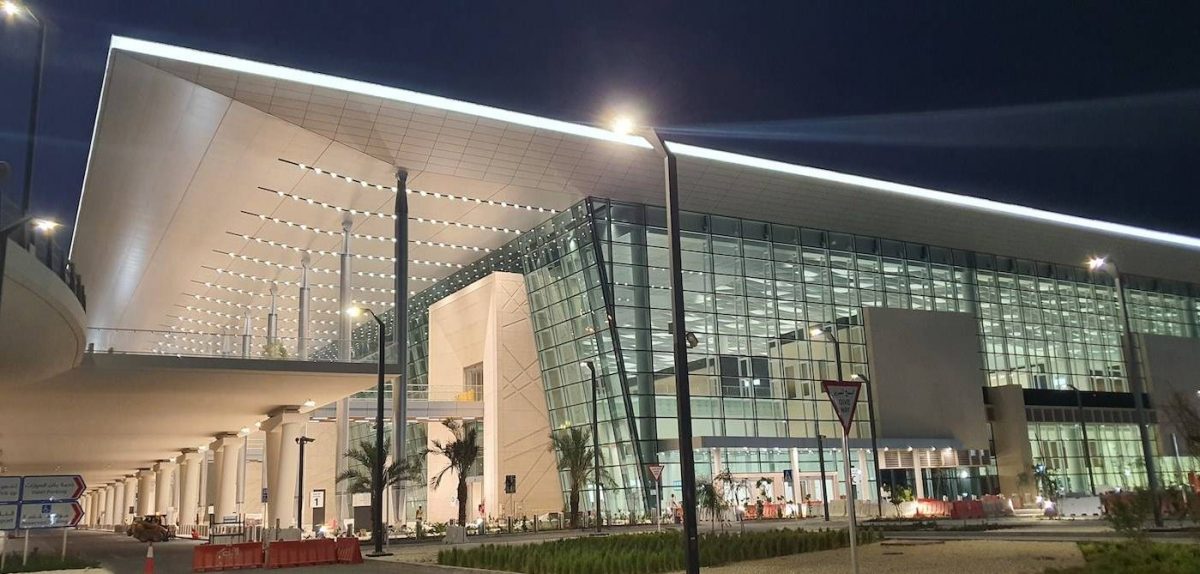
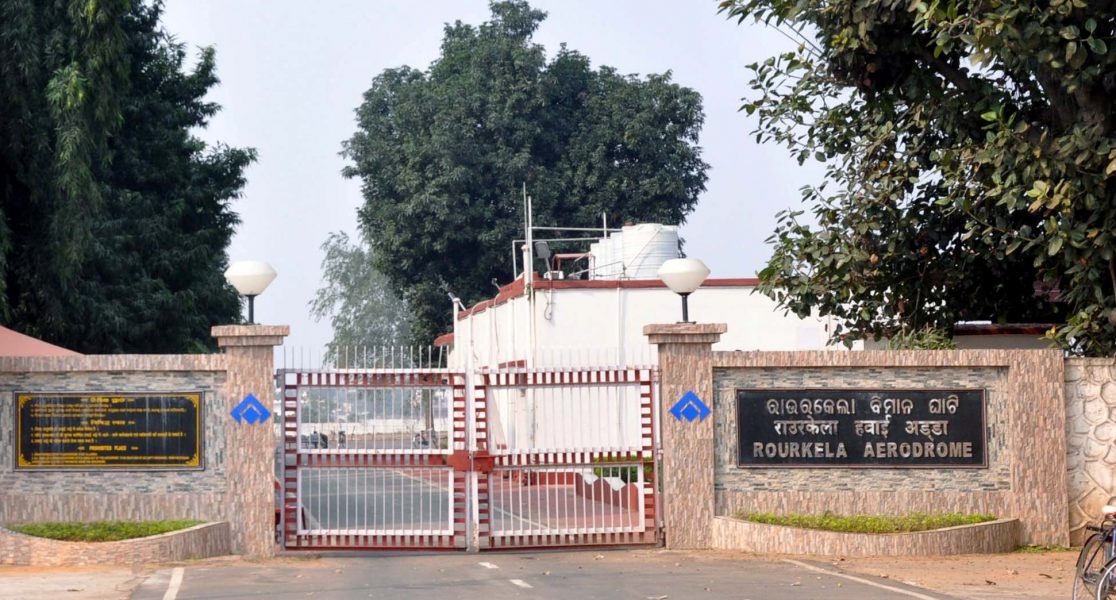
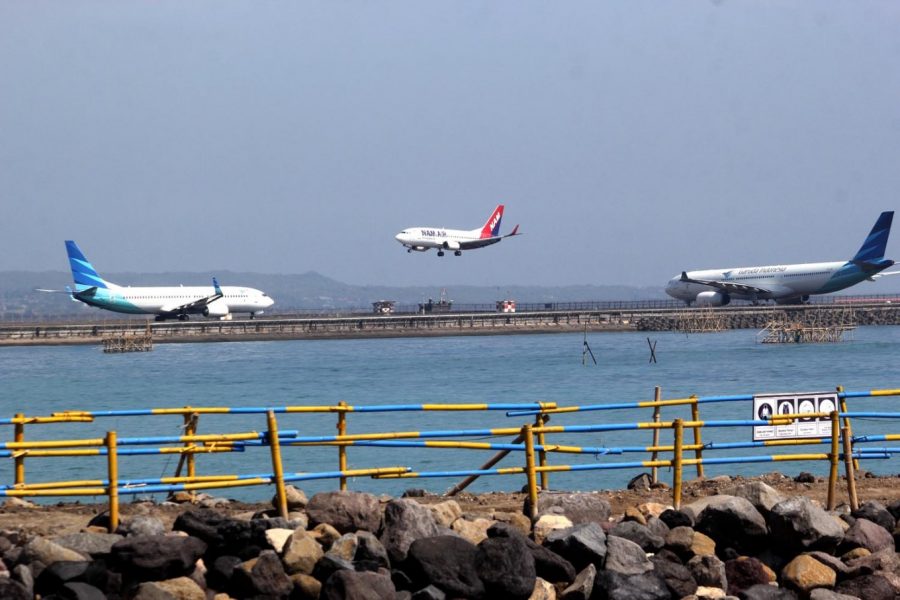
Comment